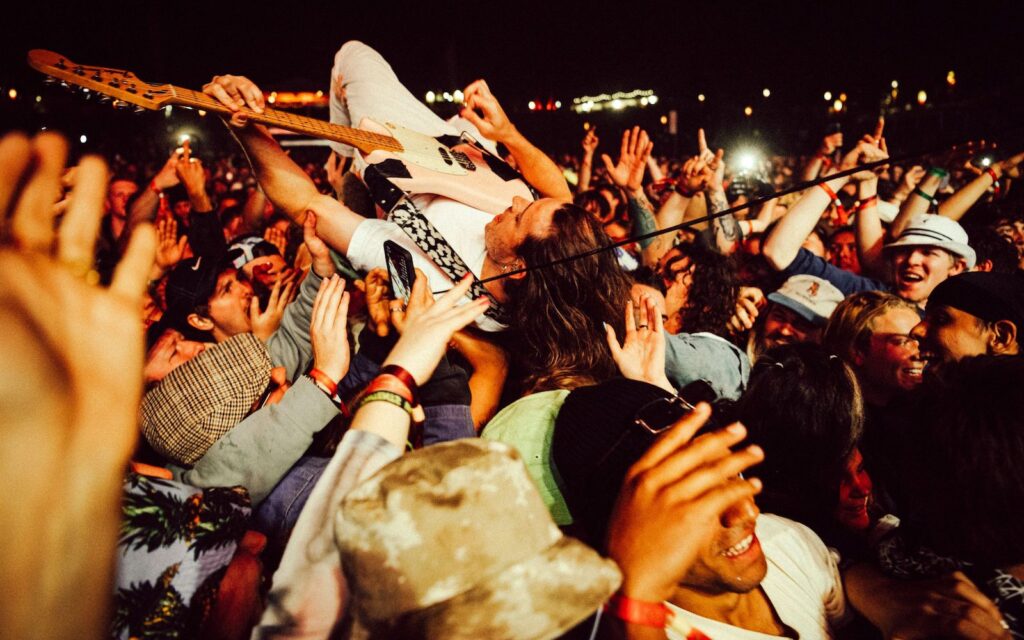I’ve been interviewing bands for a long time, particularly in the rock and metal genres, and lately I’ve noticed the return of a topic that’s been absent for a while: the blues. Rock has always had its roots in the blues, and up to a certain point you could still hear its influence in the boogie-based guitar riffs of hair metal bands or the lonesome lead guitar licks in Alice In Chains’ ‘Nutshell.’ But for a while there, the blues seemed to lose its influence on new rock and metal guitarists.
The result of this de-blues-ification has been a lot more progressive music. You won’t hear any blues licks or shuffle rhythms in the music of, say, Periphery or Aussie guitar god Plini. It’s resulted in a lot of very complex rhythms, a lot of syncopated stop-start riffs, unusual harmonic structures and plenty of technical achievements that push the family of heavy music genres forward.
But recently, the blues seems to be creeping back in to the musical consciousness. Take Macedon Ranges quartet Stonefield, for instance. The Findlay sisters are heavily influenced by ‘60s and ‘70s blues-based rock, and the music that inspired it.
Another great Aussie example is Palace Of The King, whose new album I Am The Storm was released on Friday March 23. These guys have a contemporary attitude but the material is heavily based on the riffs and grooves of the blues.
In interviews I’ve conducted recently, the blues has been cited as a primary influence for Alter Bridge vocalist Myles Kennedy, who has just released a very bluesy solo album; ex-Manowar guitarist Ross The Boss (who is touring Australia with an all-Manowar set including a show at The Croxton on Saturday April 28); and Slipknot and Stone Sour’s Corey Taylor, Fozzy’s Rich Ward. The influence of the blues is all over the current stoner rock-metal movement, which draws on the bluesy riffage of the first Black Sabbath album blended with the harsher edge of later Sabbath records like Master of Reality and Sabotage. And heck, if you’ve hit certain rock venues lately you’ll find you won’t be able to move for all the Led Zeppelin-influenced bands made up of members who weren’t even alive when Jimmy Page and Robert Plant released their last album together in 1998.
So why? What is it about an over-100-year-old musical genre that speaks to musicians in their teens, 20s, 30s, 40s and beyond in 2018? I’ve thought about this a lot and I think there’s a very complex yet simple answer: the blues is universal. It can be cathartic, sexy, fun, silly, deep, personal, revolutionary… and this all takes place on a framework of a few basic forms that are easy to learn when you first pick up an instrument. The blues is a genre that lives on being passed from one musician to another in a jam environment, so often it presents the first experience a new musician might have to really lock in with other players. The handful of basic blues grooves are easy to pick up and the scales typically used to construct blues riffs are very adaptable to other genres, so once you start to move out into other styles, that stuff stays with you. I think the very thing that keeps the blues alive and allows it to continue to filter into rock and metal today is the fact that it’s a musical language that’s easy to learn and easy to share – and those early feelings of ‘whoa, locking in with other musicians is hella fun!’ never leave you.







